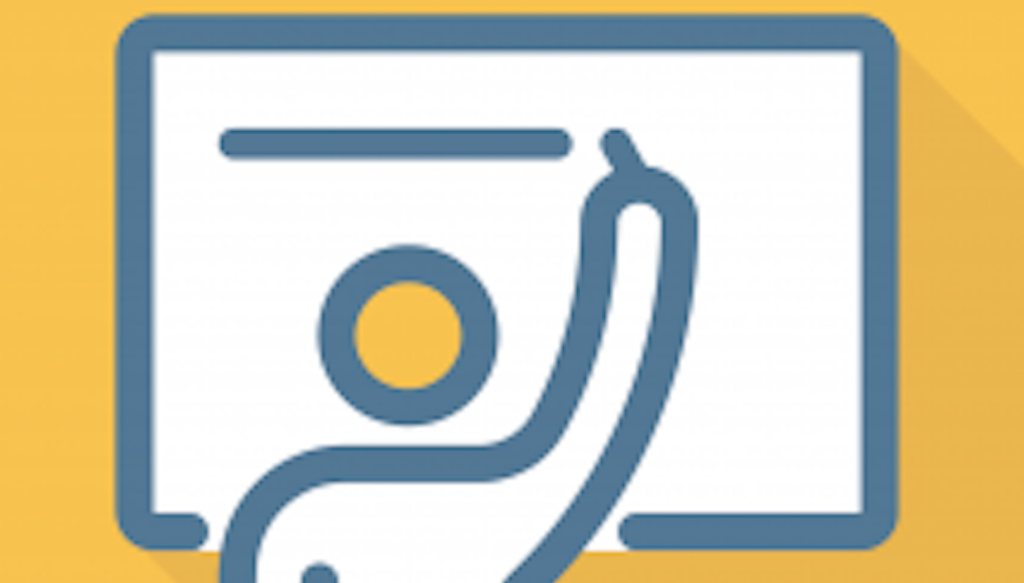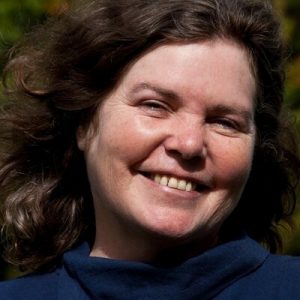Helping people distinguish fact from fiction

(Editor’s note: Newsroom change leader Michele McLellan headed up the News Co/Lab’s reporting on Best Practices. In this, the third of four posts, Michele discusses the role of education in advancing news awareness.)
Every day, people on social media like and share information that is either flat-out false or so highly distorted it thoroughly tramples truth. Partisan disruptors, trolls and bots are behind a lot of the disinformation that circulates online. But an often unwitting public is helping.

Michele McLellan
- A key problem: The scale of disinformation far outpaces that of efforts to educate the public. The crisis of misinformation will not be solved unless members of the public learn a new set of skills. They must know how to distinguish between fact and fiction and how to recognize and resist appeals to emotion that are not grounded in facts.
How bad is this problem? Consider:
- During the final months of the 2016 presidential campaign, stories alleging events that never happened outperformed legitimate news stories on Facebook in terms of shares, comments and likes.
- Bots, or automated accounts, accelerate and widen the spread of misinformation. Researchers found that accounts that frequently tweeted links to false stories are more likely to be bots than humans on Twitter. However, humans often retweeted the fake stories.
- Many people share stories on social media without actually reading them. A massive study found that nearly six in 10 links shared on social media had never been clicked.
- One particularly troubling study of 7,800 middle, high school and college students found most of the students were taken in by the false information with “stunning and dismaying consistency.”
All of the above, and more, is why Dan Gillmor, co-founder of the News Co/Lab, says we need to pay more attention to the “demand side” of news and information.
“We, the people who use media mostly as consumers and sharers, have to upgrade ourselves too,” Gillmor said.
Two programs that have spent years perfecting news literacy programs in the classroom are making them available as online classes to expand their reach as the news crisis accelerates. Both are recognized by the News Co/Lab as best practices.
The Center for News Literacy at Stony Brook University offers a periodic six-week Massive Open Online Course (MOOC) aimed at adults who want to improve their critical thinking about the news.
Checkology is an on-demand online class for teachers and grade 6-12 students developed by the News Literacy Project, an educational nonprofit. The project estimates that Checkology has served more than 11,000 teachers and reached about 1.6 million students.
These and other educational programs have proven effective. For example, the News Literacy Project found that nine in 10 students in its university classes said they were better able to collect, use and produce credible information as a result of the program. Studies of the Center for News Literacy’s primary course showed, among other things, that students had “significantly higher levels of news media literacy, greater knowledge of current events, and higher motivation to consume news, compared with students who had not taken the course.” The effect of taking the course lasted.
State educators and legislators are waking up to the problem. In Illinois, a state task force has called for required civic literacy education to include news and media literacy; Washington State passed a law requiring development of a model for “digital citizenship, media literacy and internet safety in schools.”
Librarians are joining the fight. The American Library Association is embarking on a news literacy initiative in partnership with the Stony Brook Center. Instructional materials for classrooms from the Newseum and other sources have been downloaded and shared by tens of thousands.
But the problem is massive and solutions will require widespread participation by actors who may not think news literacy is their responsibility. Journalists, for instance.
Educational programs are vital, according to the lead author of the Stanford study of students’ ability to sort fact from fiction. Education is “the only way we can deal with these kinds of issues,” Sam Wineburg said. “The ability to determine what is reliable or not reliable that Is the new basic skill in our society.”
This is the third of four posts. Next: Spreading the tools and techniques that can win battles for facts. (Note: Facebook, mentioned earlier in this post, is the News Co/Lab’s founding funder.)
